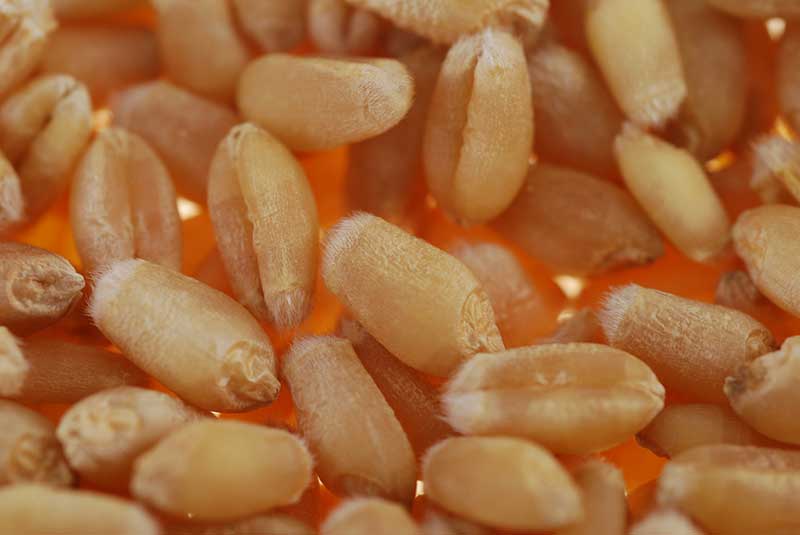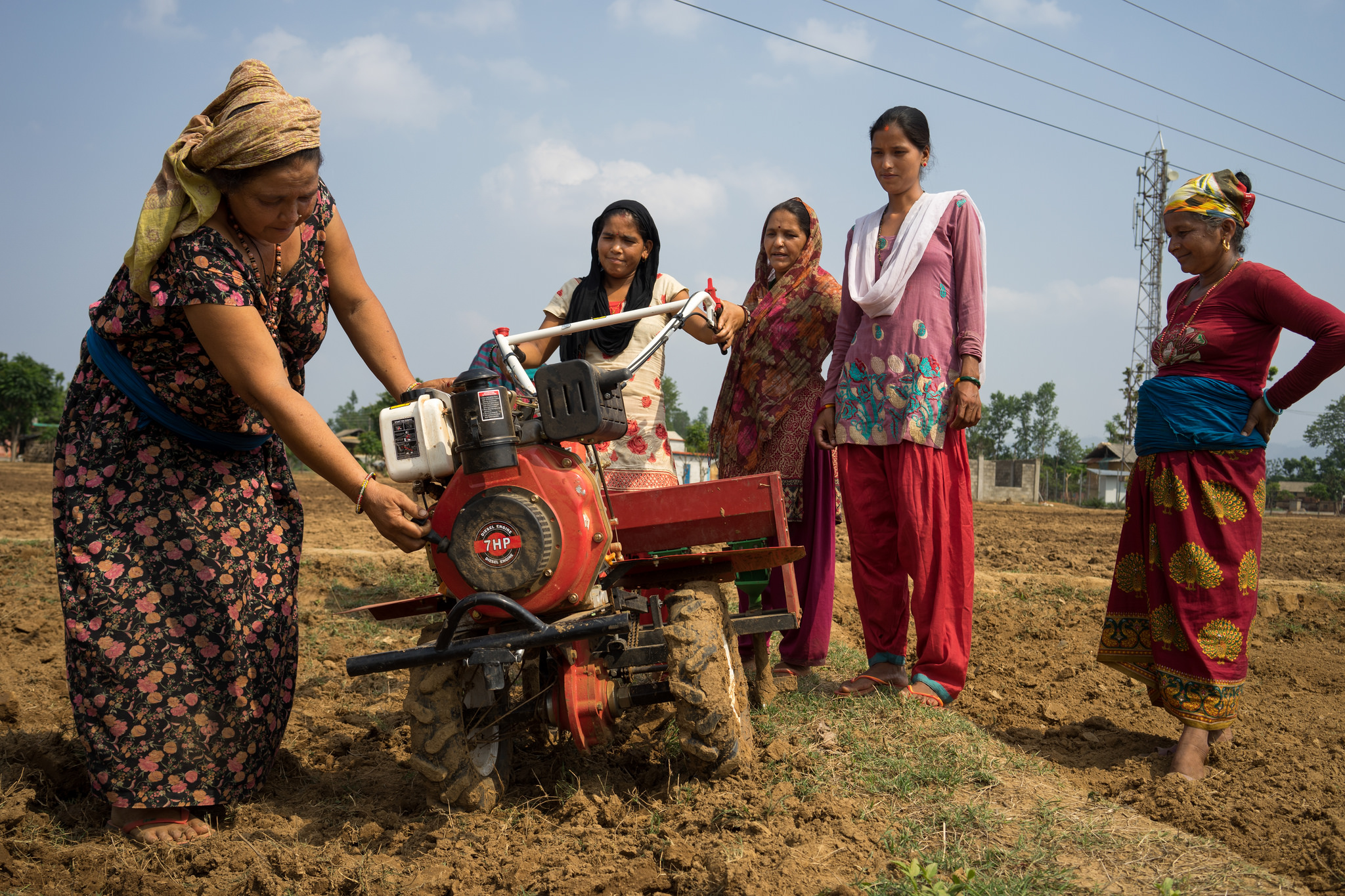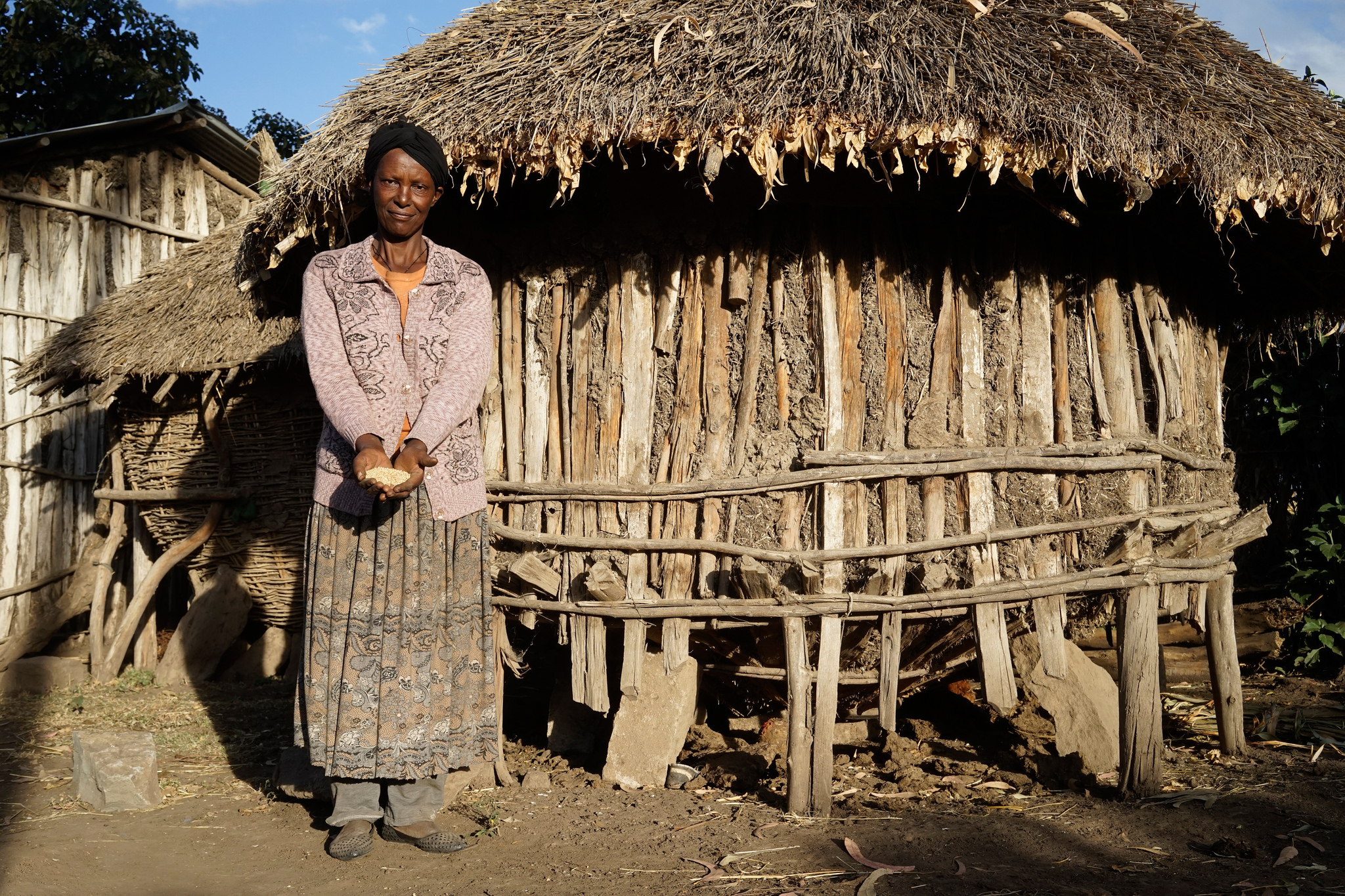For the first time ever, a research team of more than 40 scientists has genetically characterized values of exotics in hexaploid wheat. CIMMYT scientists, together with partners in Demark, India, Mexico, Pakistan, and the UK, used next-generation sequencing and multi-environment phenotyping to study the contribution of exotic genomes to pre-breeding lines. Research required collaborative development, evaluation, and deployment of novel genetic resources to breeding programs addressing food security under climate change scenarios in India, Mexico, and Pakistan.
The team generated large-scale pre-breeding materials, which have been evaluated for important traits such as grain yield, quality, and disease resistance. Pre-breeding and haplotype-based approaches revealed useful genetic footprints of exotic lines in pre-breeding germplasm. Results of the study, recently published in Nature Scientific Reports, show that some DNA from exotic germplasm improved the biotic and abiotic stress tolerances of lines derived from crosses of exotics with CIMMYT’s best elite lines.
The practical successes of large-scale, impact-oriented breeding work will be useful to other wheat breeding programs around the world, and the information generated could be used to boost global wheat productivity.
Sukhwinder Singh, wheat lead on CIMMYT’s SeeD Project, explains that pre-breeding is in-demand and the resources developed through this study can serve as tools to address upcoming challenges in wheat production more efficiently, as desirable alleles from exotics have been mobilized into best elite genetic background. Breeding programs can now use this material to deliver outcomes in shorter timeframes by avoiding the lengthy process of searching for exotics first.
Read the full article in Nature Scientific Reports: “Harnessing genetic potential of wheat germplasm banks through impact-oriented-prebreeding for future food and nutritional security.”
This research was conducted as part of the Seeds of Discovery and MasAgro projects in collaboration with the Borlaug Institute for South Asia, and was made possible by generous support from Mexico’s Department of Agriculture, Livestock, Rural Development, Fisheries and Food (SAGARPA), the Government of Punjab, and the CGIAR Research Program on Wheat.

Check out other recent publications by CIMMYT researchers below:
- Applications of machine learning methods to genomic selection in breeding wheat for rust resistance. González-Camacho, J.M., Ornella, L., Perez-Rodriguez, P., Gianola, D., Dreisigacker, S., Crossa, J. In: Plant Genome v. 11, no. 2, art. 170104.
- Bayesian functional regression as an alternative statistical analysis of high‑throughput phenotyping data of modern agriculture. Montesinos-López, A., Montesinos-López, O.A., De los Campos, G., Crossa, J., Burgueño, J., Luna-Vázquez, F.J. In: Plant Methods v. 14, art. 46.
- Effect of ppd-a1 and ppd-b1 allelic variants on grain number and thousand-kernel weight of durum wheat and their impact on final grain yield. Arjona, J.M., Royo, C., Dreisigacker, S., Ammar, K., Villegas, D. In: Frontiers in Plant Science v. 9, art. 888.
- Genomic-enabled prediction accuracies increased by modeling genotype × environment interaction in durum wheat. Sukumaran, S., Jarquín, D., Crossa, J., Reynolds, M.P. In: Plant Genome v. 11, no. 2, art. 170112.
- Mexican tropical cream cheese yield using low-fat milk induced by trans-10, cis-12 conjugated linoleic acid: effect of palmitic acid. Granados-Rivera, L.D., Hernández-Mendo, O., Burgueño, J., Gonzalez-Munoz, S.S., Mendoza-Martinez, G.D., Mora-Flores, J.S., Arriaga-Jordan, C.M. In: CyTA-Journal of Food v. 16, no. 1, p. 311-315.

 Gender equality, youth and social inclusion
Gender equality, youth and social inclusion 
